You give us your thoughts on RSC membership, Switzerland and David Brewster
A family matter
Hamish Kidd challenged readers to come up with the longest continuous family membership of the Royal Society of Chemistry and its precursors. May I remind him about Wilson Baker’s letter in 1991 (Chemistry in Britain, December 1991, p1115), in which he recorded that his father, Harry Baker (1859–1935), had been elected a fellow of the Chemical Society in February 1881 and continued to be a member until 1934. Baker himself (1900–2002) became a member in 1921 and died in 2002, thus giving a father and son a combined membership of 121 years.
John McOmie MRSC
Bristol, UK
Editor: You’re welcome to remind him, although this still doesn’t trump Kidd’s discovery of 125 years, held by the Miall/Armstrong family. I can’t see that being beaten any time soon…
In response to the letter from Hamish Kidd, my family’s continuous membership of the Chemical Society and RSC dates back 137 years (and counting).
My grandfather William Stevenson was elected a fellow of the Chemical Society on 6 February 1879. In 1882, William established the firm of Stevenson and Howell, essence manufacturers, at Southwark, London, UK. My father, Arthur John Stevenson, was also a fellow and I have been a member since 1983.
I am also descended, through my mother, from Hugh Lee Pattinson and his son-in-law Sir Lowthian Bell. Pattinson, who in 1833 patented the process for desilvering lead which is named after him, is listed in the founding document of the Chemical Society and was a member of council between 1854 and 1857.
Tom Stevenson CChem MRSC
East Horsley, UK
Editor: I spoke too soon, didn’t I? The Stevenson family are our new leaders for RSC membership. A total of 137 years will take some beating, but if you know of a family that can do it, get in touch.
Science and Switzerland
I would like to correct a couple of errors in the section on ‘the Swiss model’ from the EU referendum article.
Around 50.3% of those who voted, rather than the population, were in favour of the referendum to restrict immigration (55.8% of those eligible voted, so about 28% of the population were in favour at the time).
Swiss entities can (and have always been able to) still coordinate Horizon 2020 collaborative research projects from all parts of the work programme.
There is no such thing (so far as I am aware) as ‘an associated country of the EU’. A non-EU country may however be an associated country for the Horizon 2020 research programme (15 countries have this status).
It is perhaps worth mentioning that for those parts of the Horizon 2020 programme to which Switzerland is not associated, Swiss partners may still apply as part of a consortium, and will be funded by the Swiss government.
James Whitby CChem MRSC
Toffen, Switzerland
More light on Brewster
The article on William Nicol in Classic Kit was informative and interesting, but the reference to David Brewster as ‘a Scottish clergyman’ seemed rather grudging and patronising. Although he graduated in divinity, Brewster’s career was spent in science. He wrote 300 scientific papers; an extensive biography of Isaac Newton; was a pioneer in optics; photography and optical mineralogy; designed lighthouse optics and discovered Brewster’s Law and the photoelastic effect. He studied diffraction, invented the kaleidoscope and was principal of the University of St Andrews and University of Edinburgh at different periods. He was an important driving force in the creation of the British Science Association and its president in 1849. Among his many distinctions, he was a fellow of the Royal Society.
I hope I will never see a reference to Joseph Black simply as ‘the son of a wine merchant who had an interest in chemistry’ or to Michael Faraday as ‘one of Humphrey Davy’s assistants’.
Peter Dryburgh CChem FRSC
Edinburgh, UK
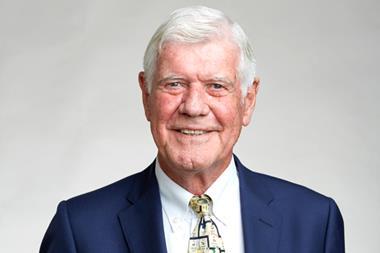
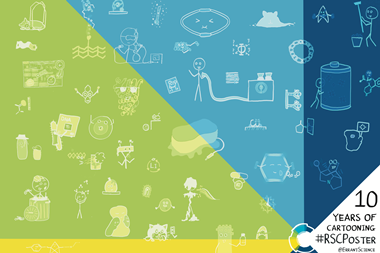


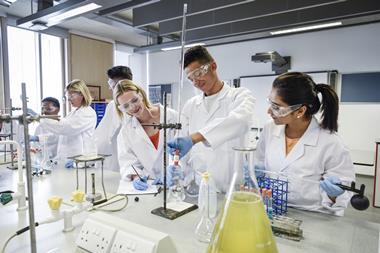


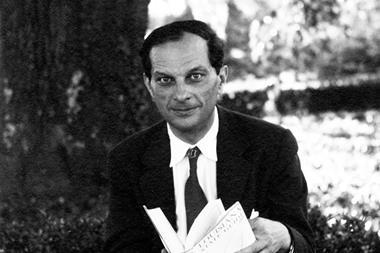

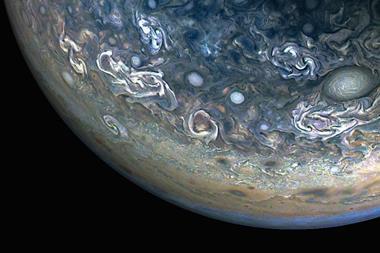


No comments yet